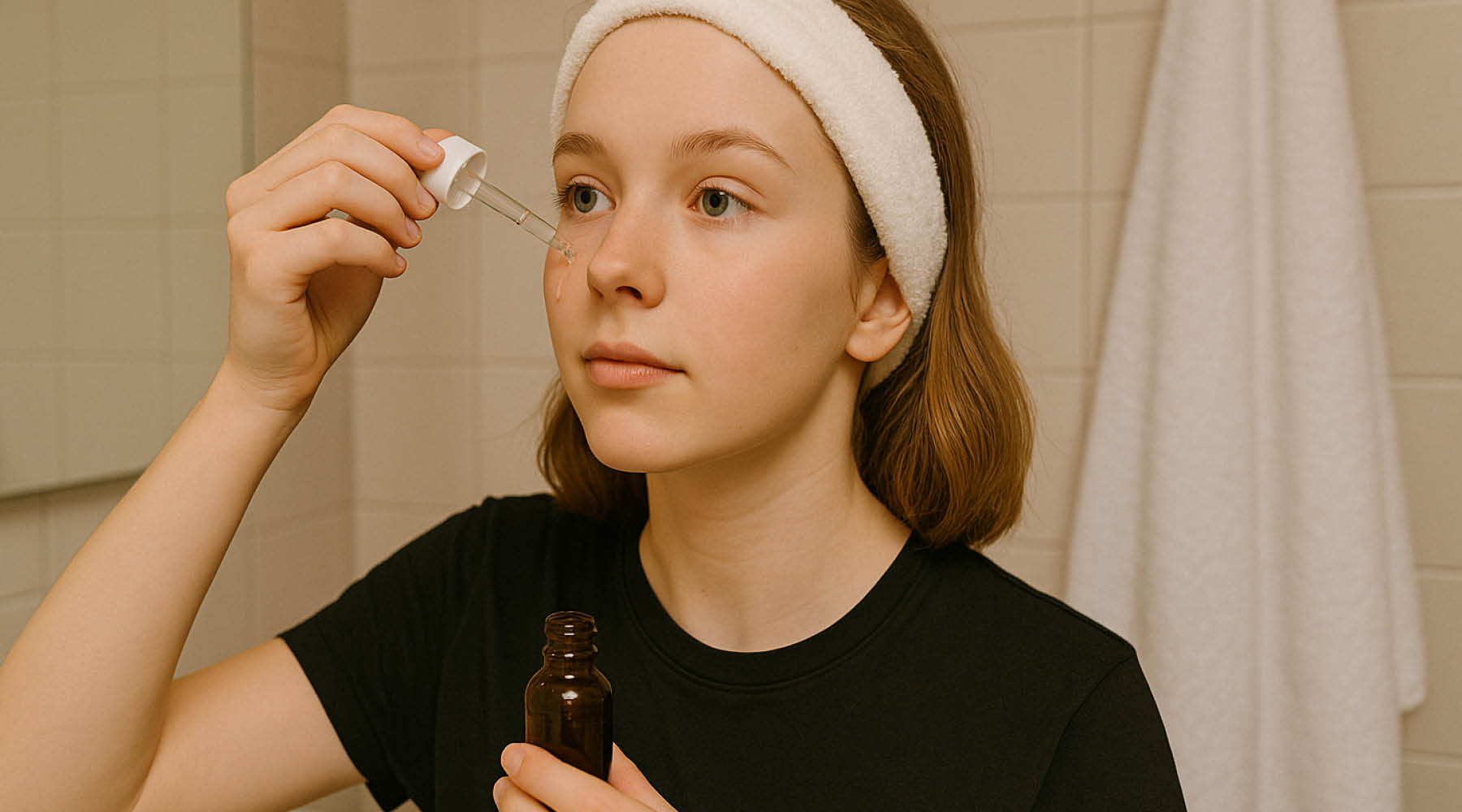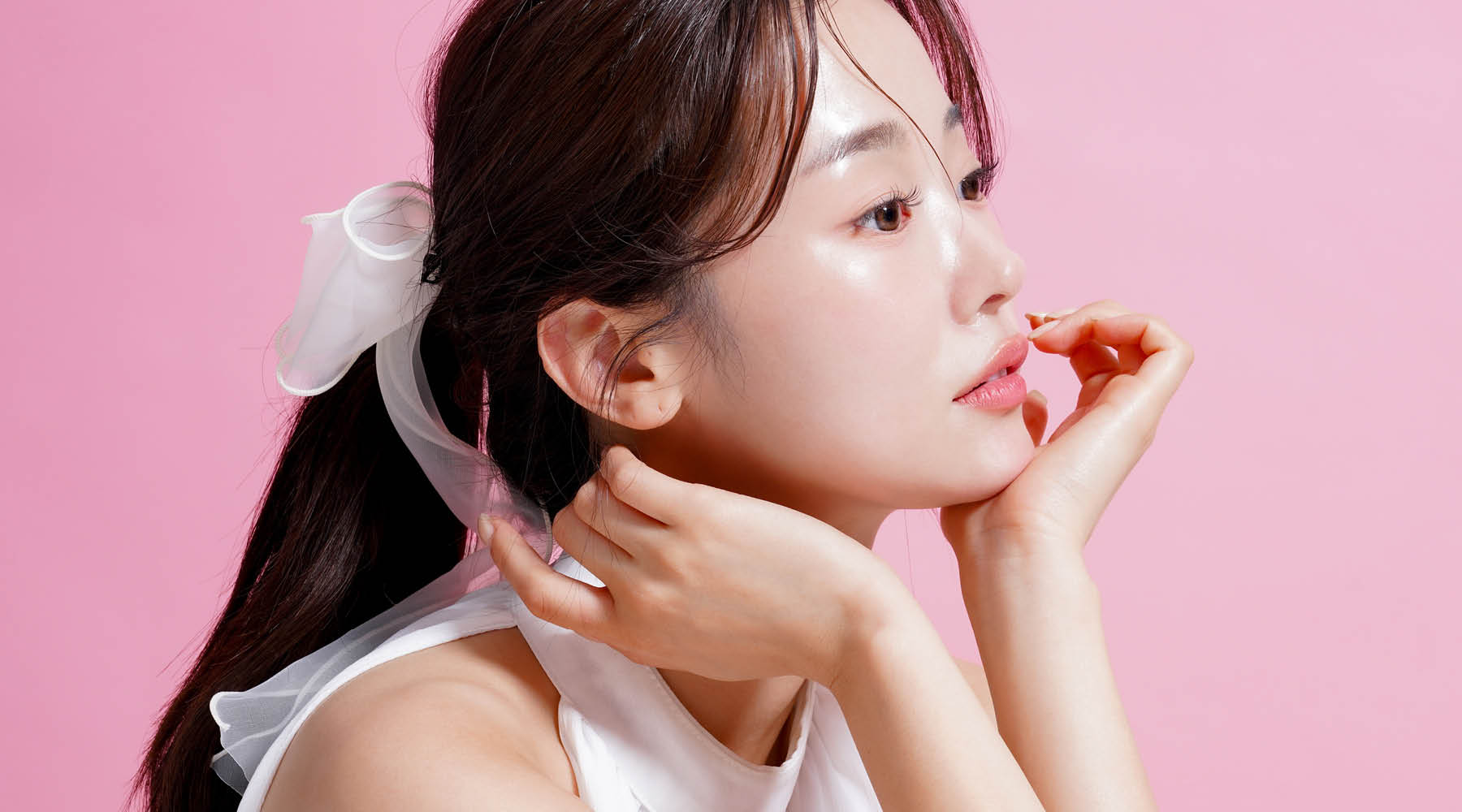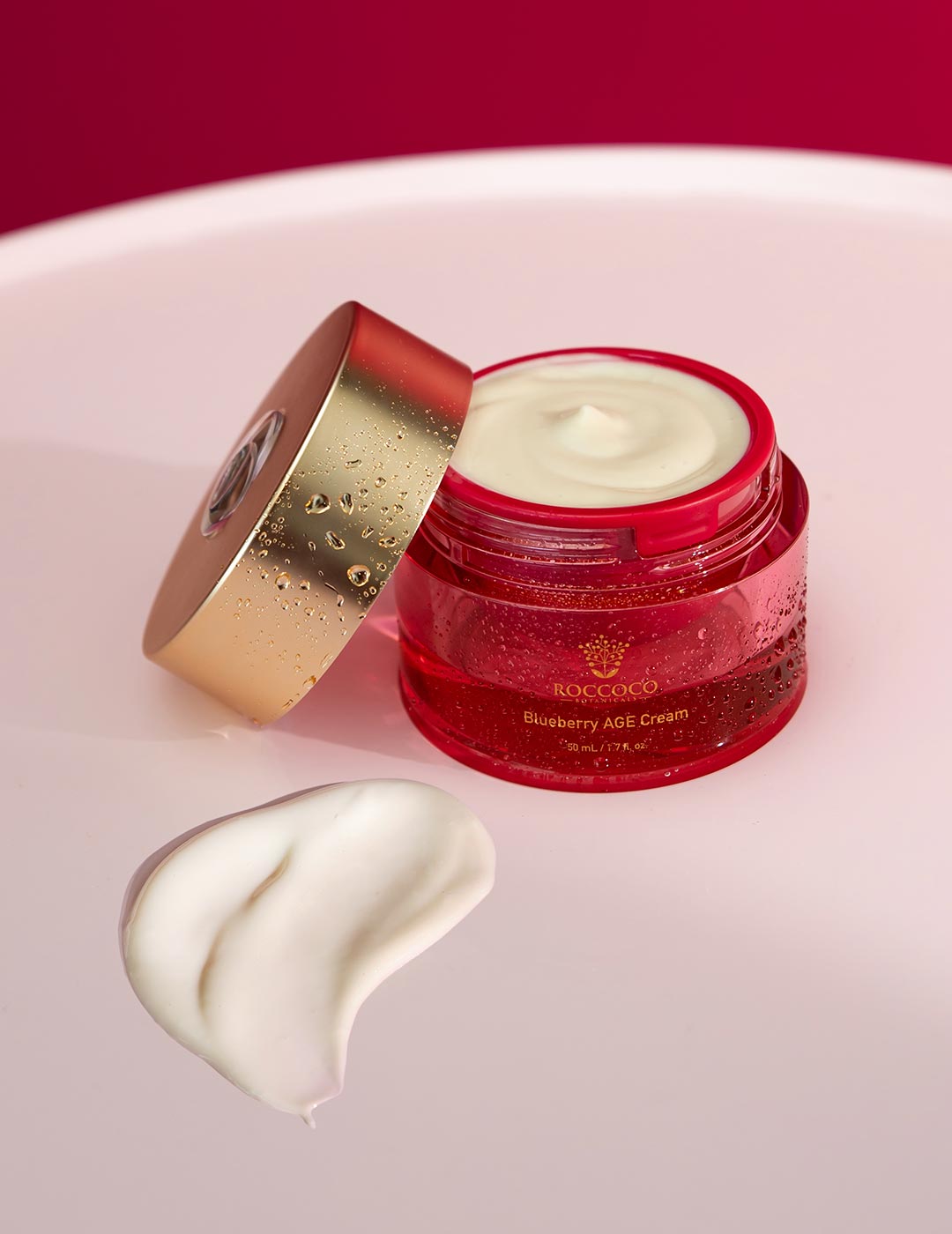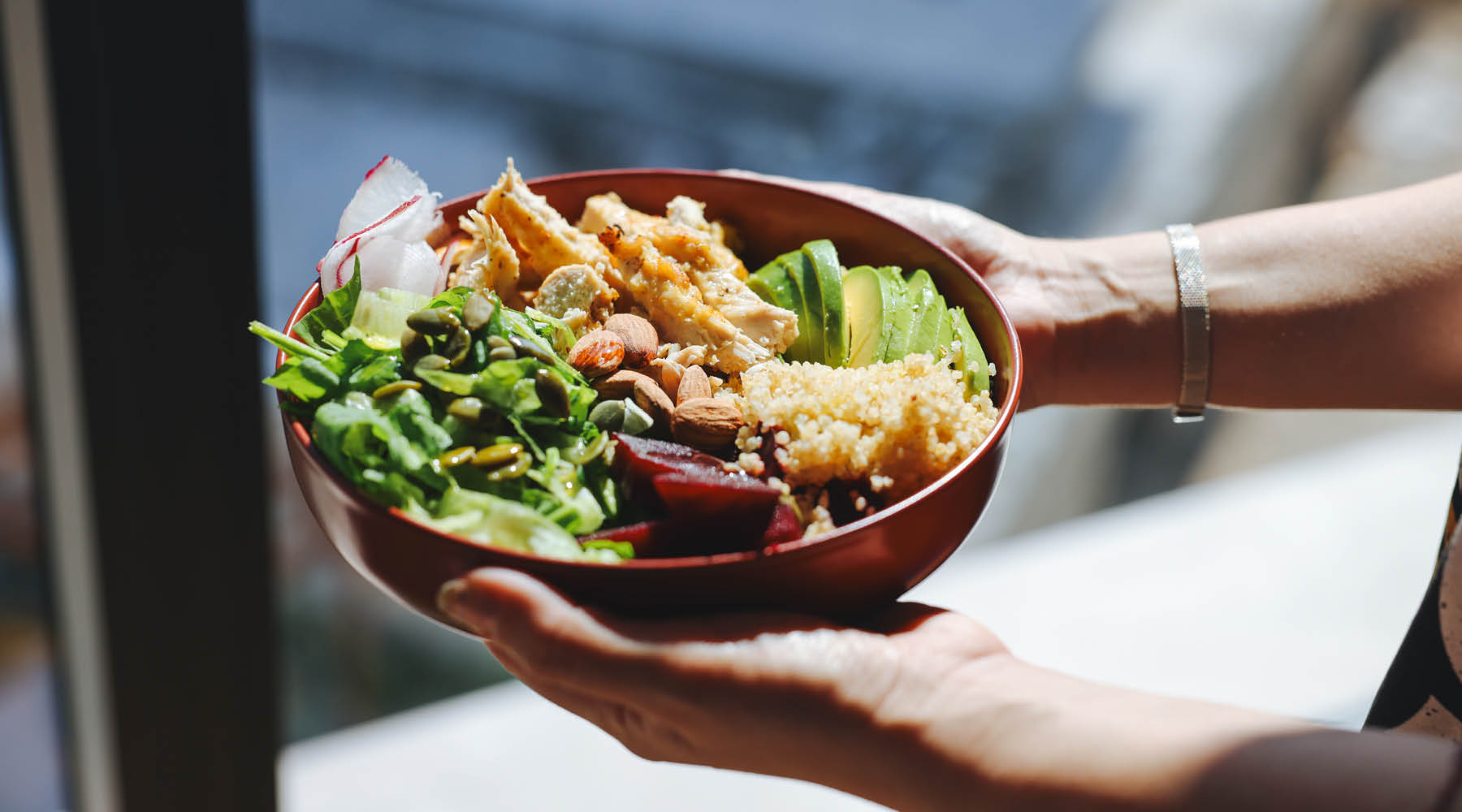Acne has many causes—hormones, inflammation, gut health, skincare, and even genetics can all play a role. But one key piece that’s often overlooked? What you’re eating.
Certain foods can fuel inflammation, mess with your hormones, or trigger reactions that show up on your skin. Even if you’re eating “clean,” the wrong foods for your body could be sabotaging your glow.
And sometimes, it’s not just what you eat—it’s how often. Histamine build-up, undiagnosed food intolerances, and gut issues like FODMAP sensitivity could be holding your skin back from healing.
Working with a practitioner or getting tested for intolerances can make a huge difference—but in the meantime, here’s a guide to foods that may be worth reducing (or avoiding for a while) if your skin just won’t clear.
Foods That May Be Fuelling Your Breakouts
These aren’t inherently “bad”—but if you eat them regularly and your skin won’t budge, they could be part of the problem.
1. High-Glycemic Foods (Sugar & Refined Carbs)
These spike your blood sugar and insulin, which increases oil production and inflammation.
Common culprits:
- White bread, pasta, and rice
- Cakes, muffins, soft drinks
- Lollies, sweetened cereals
- Energy drinks and processed snacks
2. Dairy (Especially Skim and Whey-Based)
Milk proteins (casein, whey) and naturally occurring hormones in dairy can aggravate acne in some people.
Watch out for:
- Skim milk
- Yogurt (especially sweetened)
- Ice cream
- Whey protein powders
Even lactose-free dairy can be a problem—especially if you have an intolerance or histamine sensitivity.

3. High-Histamine Foods
If your body doesn’t break histamine down efficiently, it can build up and contribute to inflammation—including on your skin. A low-histamine diet can be a game-changer for some, but you don’t need to eliminate these foods unless your skin isn’t clearing.
Histamine reactions are dose-dependent—it’s not just about one food, it’s about your overall load.
Common high-histamine foods include:
- Fermented foods: sauerkraut, kombucha, kimchi, miso, soy sauce, vinegar
- Aged or preserved foods: salami, ham, pepperoni, canned meats, bacon
- Dairy: aged cheeses (cheddar, parmesan), sour cream, yogurt
- Fish: tuna, mackerel, sardines, anchovies, smoked or canned fish
- Vegetables: avocado, tomato, spinach, eggplant, olives
- Fruits: strawberries, citrus fruits (orange, lemon, lime), bananas, pineapple, dried fruit
- Drinks: black tea, green tea, coffee, wine, beer, energy drinks
- Others: nuts (especially walnuts, cashews, peanuts), chocolate/cacao, food dyes, flavour enhancers (like MSG)
Important: Not all of these will be an issue for everyone—but eating a lot of them regularly could be a hidden acne trigger.
4. Chocolate—including Cacao
Cacao itself—not just the sugar or milk—can trigger acne in some individuals. It stimulates the nervous system and oil glands, which may make breakouts worse.
Even high-quality dark chocolate may still be problematic if you're sensitive to histamine or theobromine in cacao.
5. Whey Protein & BCAAs
These increase IGF-1 (Insulin-like Growth Factor 1), which has been linked to increased sebum and acne—especially around the jaw and cheeks.
6. Iodine-Rich Foods
Too much iodine can cause inflammatory breakouts, especially cystic or hormonal-looking acne.
Sources include:
- Seaweed (especially kelp)
- Iodized salt
- Multivitamins and supplements with iodine
- Dairy products
Foods That May Support Clearer Skin
These are generally acne-friendly—but remember, if you have food intolerances, gut issues, or histamine sensitivity, even “healthy” foods can cause problems.
1. Low-Histamine, Anti-Inflammatory Foods
A low-histamine diet can calm the skin, reduce flare-ups, and support healing.
Low-histamine options include:
- Fresh, unprocessed meats and fish
- Carrots, zucchini, cucumber, broccoli
- Apples, blueberries, mango, pears
- Rice, quinoa, oats
- Fresh herbs like basil, coriander, and parsley
- Olive oil (in moderation)
- Coconut milk
- Rooibos tea, herbal teas (without citrus or additives)
2. Omega-3 Fatty Acids
These fight inflammation and support barrier health.
Sources:
- Wild-caught salmon, mackerel, sardines
- Chia seeds and flaxseeds
- Hemp seeds

3. Antioxidant-Rich Fruits & Veggies
These help protect the skin from oxidative damage and support repair.
Top choices:
- Apples, blueberries, papaya, pomegranate
- Pumpkin, sweet potato, cooked greens
4. Zinc-Rich Foods
Zinc plays a key role in healing and regulating oil production.
Sources:
- Pumpkin seeds
- Grass-fed red meat
- Shellfish
- Chickpeas (if tolerated)
5. Gut-Friendly Foods (If Tolerated)
A healthy gut means calmer skin. But if you’re sensitive to histamines or FODMAPs, some “gut-healthy” foods might backfire.
Try:
- Bone broth
- Steamed, low-FODMAP veggies
- Small amounts of soluble fiber
- Fermented foods—only if histamine is not an issue for you
Bottom Line: Your Skin Is Unique
Even skin-loving foods can become acne triggers if they’re causing gut distress, histamine overload, or intolerance reactions.
If your acne isn’t clearing—despite good skincare—it’s time to rethink your diet. Not necessarily with a complete overhaul, but by observing what you eat most often and being open to experimenting.
You might not need to cut all high-histamine foods—but lowering your intake could help. And some foods, like dairy, chocolate, or whey, may need to go—especially if you’re eating them every day.
The best way forward? Try removing likely offenders for 2–4 weeks and watch how your skin responds. If you’re stuck, consider working with a practitioner who can test for intolerances or histamine sensitivity.
Read more

A new study published in Pediatrics by researchers from Northwestern University confirms a disturbing truth: TikTok is warping the way young people think about their skin, and it’s hurting them, ph...

In a world obsessed with perfection, “glass skin” has become the new gold standard of beauty. Coined in K-beauty circles, it refers to skin that’s impossibly smooth, poreless, and gleaming like a p...



